Standing at nearly 20 feet tall, giraffes have watched over Africa’s landscapes for millions of years, their towering presence a symbol of the continent’s wild majesty. Yet in just three decades, their numbers have plummeted by nearly 40 percent, creating what scientists now call a “silent extinction.” This dramatic decline tells a story that reaches far beyond a single species – it reveals the blueprint for how conservation must evolve to survive the challenges of the 21st century.
The Shocking Reality Behind Giraffe Numbers

The statistics are staggering when you really dig into them. From around 155,000 giraffes in the 1980s, Africa now hosts fewer than 117,000 of these gentle giants. To put that in perspective, there are more African elephants roaming the continent than giraffes, despite elephants receiving far more conservation attention. This silent decline happened so gradually that many people simply didn’t notice – a phenomenon conservationists call “shifting baseline syndrome.” The loss represents more than just numbers on a chart; it’s the disappearance of an ecological keystone that has shaped African ecosystems for millennia.
Why Traditional Conservation Methods Are Failing

The old playbook of creating protected parks and hoping for the best simply isn’t cutting it anymore. Giraffes need massive territories – sometimes over 650 square miles – that stretch far beyond the boundaries of even the largest national parks. Traditional conservation efforts focused on fortress-style protection, essentially building walls around nature and keeping people out. This approach worked when human populations were smaller and pressure on land was less intense. But today’s reality demands something completely different: conservation that works with communities, not against them.
The Community Revolution in Wildlife Protection

Something remarkable is happening in northern Kenya that’s changing everything we thought we knew about conservation. Local communities who once viewed giraffes as competitors for grazing land have become their fiercest protectors. The transformation started when conservationists realized that excluding people from conservation efforts was like trying to stop a river with a paper dam. Now, Maasai pastoralists earn money from giraffe tourism, monitor populations using smartphones, and have developed traditional grazing systems that actually benefit wildlife. This isn’t just feel-good storytelling – giraffe numbers in community conservancies are growing while they decline elsewhere.
Technology’s Game-Changing Role in Modern Conservation

Drones buzz overhead tracking giraffe movements while GPS collars provide real-time data on migration patterns that researchers never knew existed. Artificial intelligence analyzes thousands of camera trap photos, identifying individual giraffes by their unique spot patterns like digital fingerprints. Mobile apps allow local herders to report wildlife sightings instantly, creating a continent-wide early warning system for threats. This technological revolution means conservationists can respond to problems in hours instead of months, making protection efforts incredibly more effective than ever before.
The Economic Engine Driving Conservation Success

Money talks, and in conservation, it absolutely shouts. Tourism focused on giraffes generates over $15 million annually for local communities in Kenya alone, making these towering animals walking economic assets. But the financial benefits extend far beyond tourism – sustainable grazing programs, honey production in giraffe habitats, and carbon credit schemes are creating multiple income streams. When a single giraffe can generate $10,000 in annual tourism revenue for a community, suddenly protecting them becomes an obvious business decision. This economic transformation is perhaps the most powerful tool in the modern conservation toolkit.
Cross-Border Collaboration Breaking Down Barriers

Giraffes don’t carry passports, and their migration routes laugh at human political boundaries. The most successful conservation stories now involve multiple countries working together like never before. The Kavango-Zambezi Transfrontier Conservation Area spans five nations and protects wildlife corridors that allow giraffes to move freely across 200,000 square miles. These international partnerships are complicated – imagine coordinating anti-poaching efforts across countries that might not always get along politically. Yet they’re working, proving that wildlife conservation can actually bring nations together rather than drive them apart.
The Surprising Connection Between Giraffes and Climate Change

Climate change isn’t just about melting ice caps – it’s rewriting the rules of African ecosystems in ways that make your head spin. Rising temperatures are shifting vegetation patterns, forcing giraffes to travel longer distances for food and water. Unpredictable rainfall means their favorite acacia trees are dying in some areas while flourishing in others. Smart conservation programs are now planting climate-resilient tree species and creating water points along migration routes. Giraffes are becoming living indicators of how well conservation strategies can adapt to our changing planet.
The Data Revolution Transforming Wildlife Monitoring
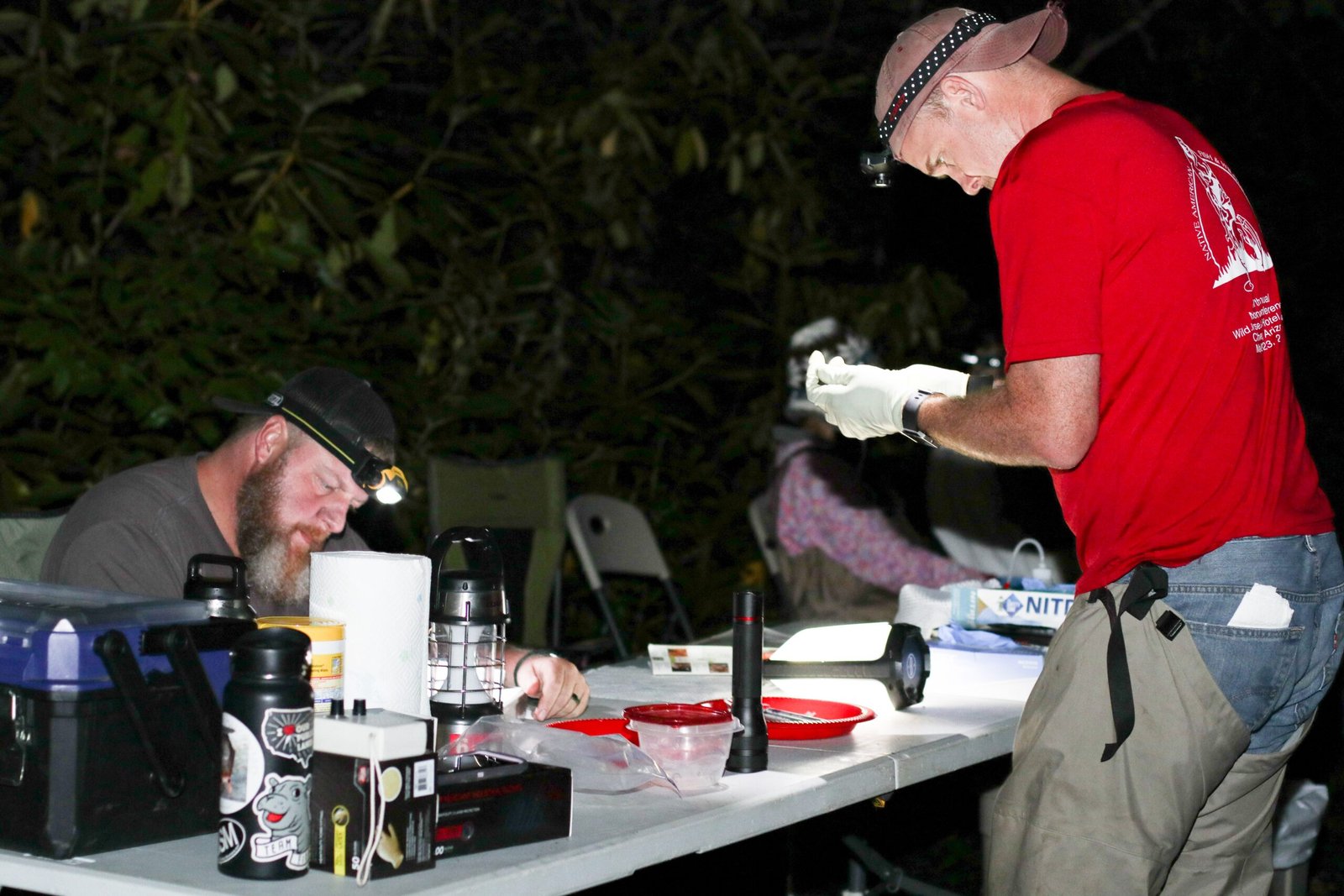
Forget the old days of researchers spending months in the bush just to count animals. Today’s conservation runs on data streams that would make tech companies jealous. Satellite imagery tracks habitat changes in real-time, while genetic analysis reveals hidden population structures that reshape entire conservation strategies. Local communities upload thousands of wildlife observations monthly through smartphone apps, creating datasets that are revolutionizing our understanding of animal behavior. This information explosion means conservation decisions are based on solid evidence rather than educated guesses, dramatically improving success rates.
Anti-Poaching Strategies That Actually Work

The war against poaching has evolved from random patrols to sophisticated intelligence operations that would impress any military strategist. Predictive analytics help rangers anticipate where poachers will strike next, while night-vision drones patrol vast areas impossible to cover on foot. Community informant networks provide early warnings about suspicious activities, turning local people into the first line of defense. Most importantly, successful programs attack the economic roots of poaching by providing alternative livelihoods that pay better than illegal hunting. When former poachers become wildlife guides earning steady incomes, the entire dynamic shifts.
Habitat Connectivity: Building Bridges for Wildlife
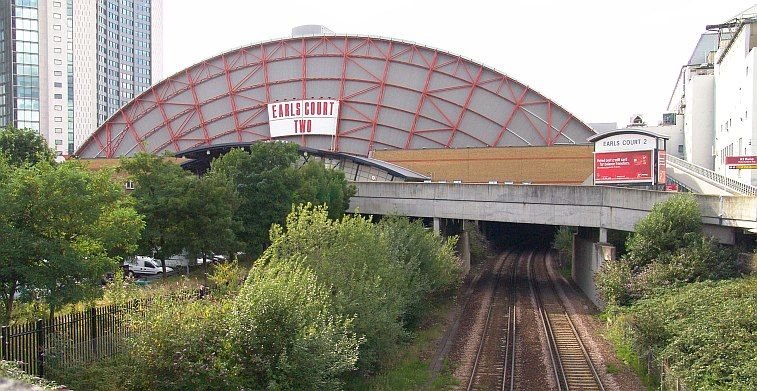
Picture Africa’s remaining wild spaces as islands in an ocean of human development – that’s the reality giraffes face today. The most innovative conservation programs are building “bridges” between these islands, creating corridors that allow animals to move safely between protected areas. These corridors might be strips of native vegetation along rivers, community conservancies between national parks, or even carefully planned underpasses beneath major highways. In northern Kenya, a network of community conservancies now connects previously isolated populations, allowing genetic diversity to flow and populations to recover naturally.
The Youth Movement Reshaping Conservation

Africa’s conservation future belongs to its young people, and they’re not waiting around for permission to get started. University students are developing mobile apps that track wildlife crimes, while teenage conservationists use social media to raise awareness about endangered species. Youth-led organizations are proving incredibly effective at changing attitudes within their communities – after all, it’s their future at stake. These young conservationists bring fresh perspectives and aren’t bound by the “that’s how we’ve always done it” mentality that sometimes holds back progress.
Private Sector Partnerships Changing the Game

Corporations are discovering that supporting giraffe conservation isn’t just good public relations – it’s good business. Mining companies are funding wildlife corridors around their operations, while telecommunications firms provide free data for conservation apps. Tourism operators are investing directly in community conservancies, creating sustainable funding models that don’t depend on international donors. These partnerships work because they create win-win situations where business success and conservation success go hand in hand. Smart companies realize that healthy ecosystems mean healthy long-term profits.
Indigenous Knowledge Meets Modern Science

Local communities have been managing wildlife for thousands of years, and their traditional knowledge is proving invaluable to modern conservation efforts. Maasai elders can predict rainfall patterns by observing giraffe behavior, while traditional grazing systems create the mosaic landscapes that many wildlife species prefer. Scientists are learning to combine this ancient wisdom with modern research methods, creating more effective and culturally appropriate conservation strategies. The most successful programs treat local communities as partners and experts, not just beneficiaries or obstacles to overcome.
The Genetic Rescue Mission
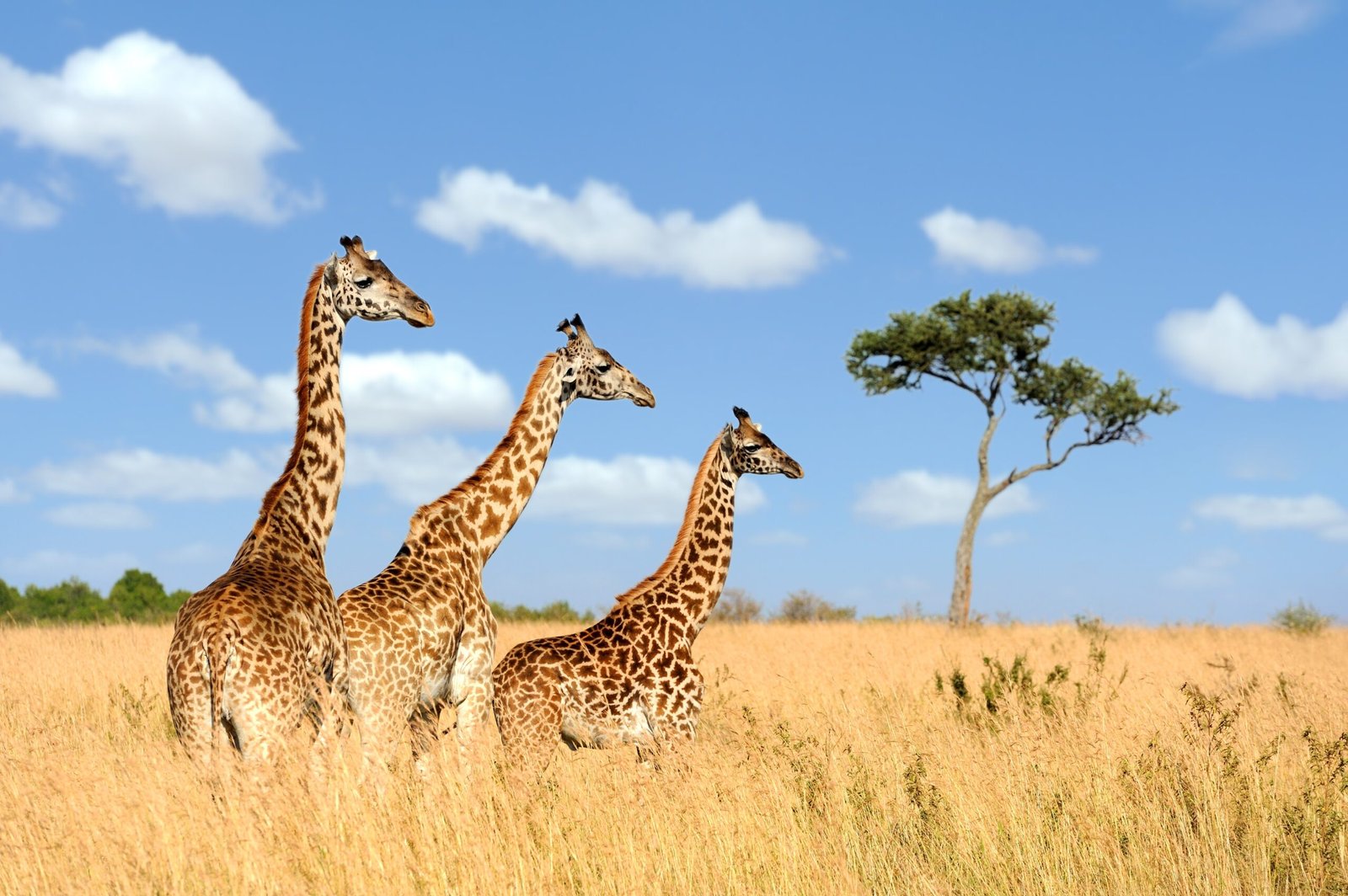
When giraffe populations become isolated and small, they face a hidden threat that’s just as dangerous as habitat loss: genetic bottlenecks. Scientists are now using cutting-edge genetic techniques to maintain healthy diversity within populations, sometimes even translocating animals between regions to introduce new bloodlines. It sounds like science fiction, but genetic rescue programs are already showing remarkable results. Populations that were spiraling toward extinction are now growing again, their genetic health restored through careful management that would have been impossible just a decade ago.
Conservation Finance: Following the Money
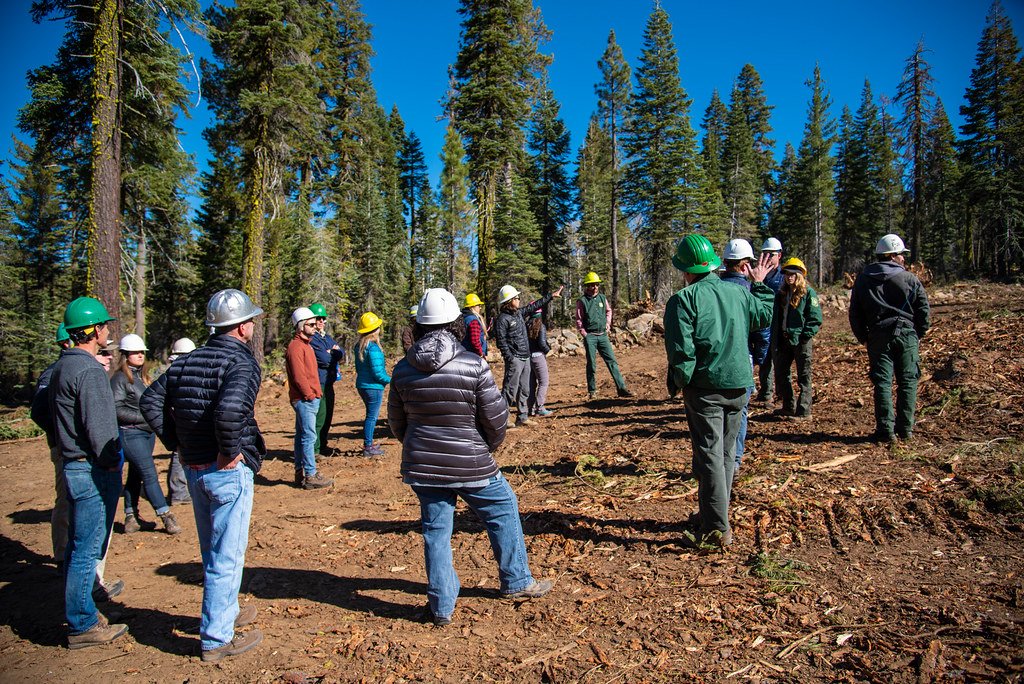
Modern conservation runs on complex financial mechanisms that make Wall Street look simple. Carbon credit schemes pay communities for protecting forests that giraffes need, while conservation bonds attract investment from pension funds and insurance companies. Payments for ecosystem services recognize that intact habitats provide valuable benefits like water purification and climate regulation. These financial innovations are creating sustainable funding streams that don’t depend on the whims of international donors, making conservation efforts more stable and predictable than ever before.
Measuring Success in the Digital Age

Success in giraffe conservation isn’t just about counting animals anymore – it’s about measuring ecosystem health, community benefits, and long-term sustainability. Modern monitoring systems track everything from vegetation changes to local employment rates, creating a comprehensive picture of conservation impact. Real-time data allows managers to adjust strategies quickly when something isn’t working, while predictive models help anticipate future challenges. This evidence-based approach means resources go where they’ll have the biggest impact, maximizing conservation bang for the buck.
The Ripple Effect: How Giraffes Benefit Entire Ecosystems

Protecting giraffes creates benefits that ripple through entire ecosystems in ways that constantly surprise researchers. Their browsing shapes vegetation structure, creating habitat for countless other species from tiny birds to large predators. Giraffe dung fertilizes the soil and disperses seeds across vast distances, essentially acting as ecosystem engineers. When giraffe populations recover, researchers often find that biodiversity in the entire area increases dramatically. This umbrella effect means that saving giraffes is really about saving entire African landscapes and all the life they support.
What This Means for Africa’s Conservation Future
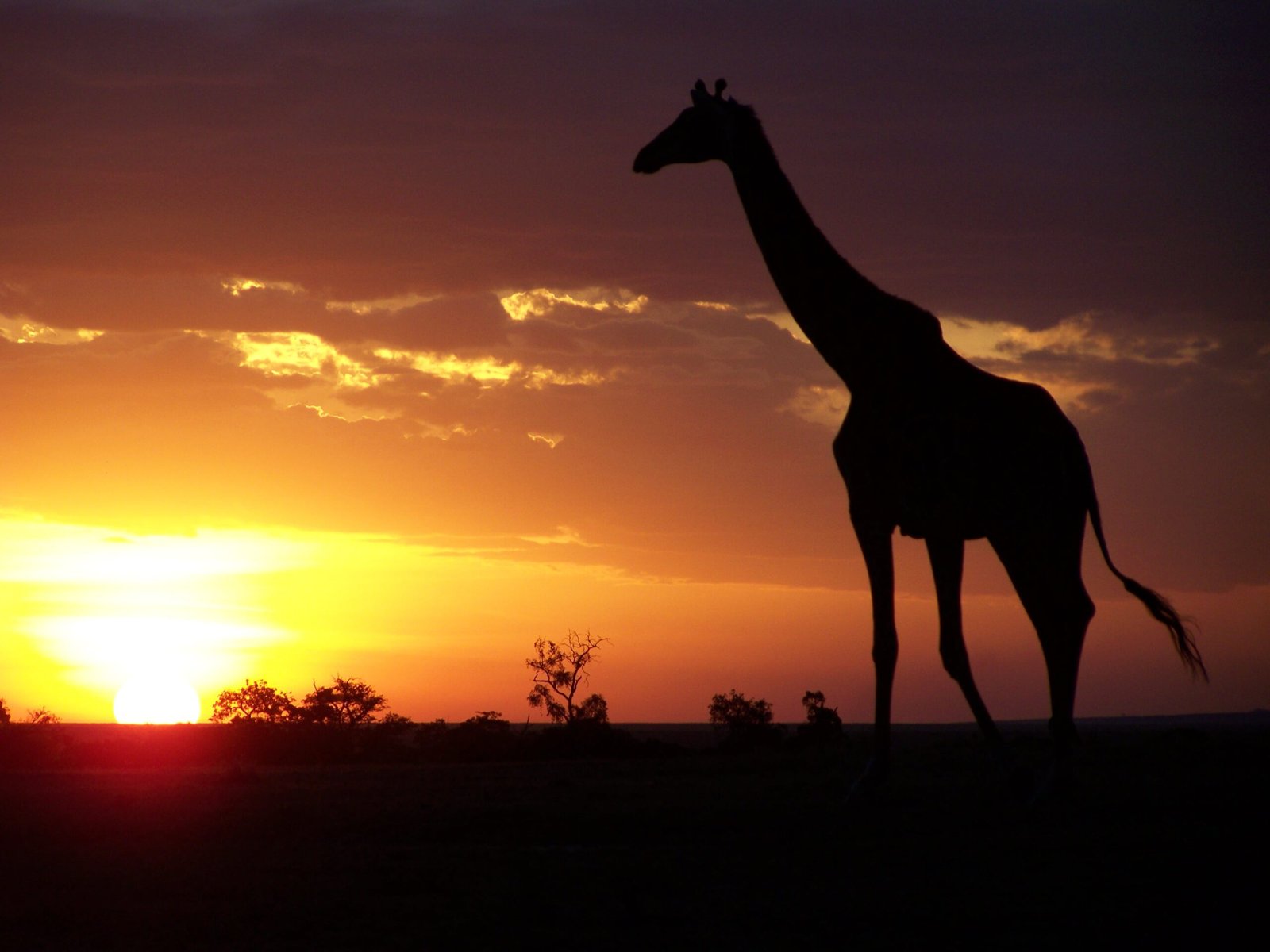
The lessons learned from giraffe conservation are reshaping how we think about protecting Africa’s wildlife heritage. Success requires combining traditional knowledge with cutting-edge technology, creating economic incentives that make conservation profitable, and building partnerships that span communities, governments, and international organizations. The most important insight is that conservation must benefit local people or it simply won’t work in the long term. As human populations continue growing and climate change accelerates, only conservation strategies that create win-win scenarios for people and wildlife will survive. The giraffes watching over Africa’s savannas aren’t just survivors – they’re teachers, showing us the path toward a future where humans and wildlife thrive together.
What would Africa look like without these gentle giants silhouetted against the sunset?




